CortezPearls
PG Forum Admin
- Joined
- Aug 26, 2005
- Messages
- 4,142
These are fantasticHere are some candled pearls.
natural, keshi and cultured akoya with neat banded nucleus (not visible in daylight)
View attachment 380067View attachment 380068View attachment 380069
View attachment 380070View attachment 380071View attachment 380072
View attachment 380073
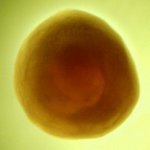
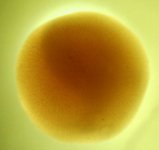
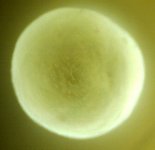
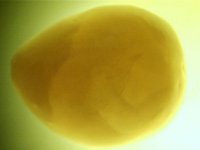
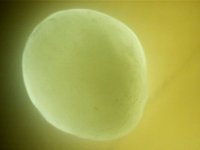
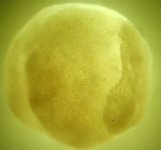
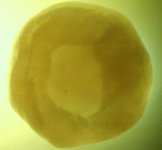
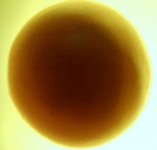
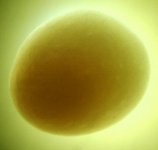
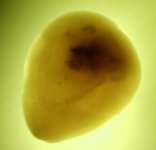
These are simply GREAT!I've updated the OP and here's a few more.
Thank you! A few more.These are simply GREAT!
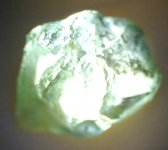


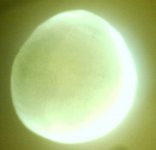
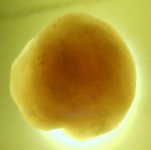
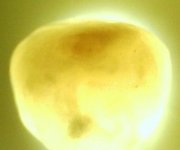
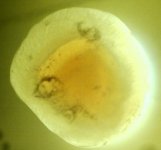
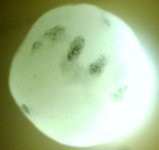
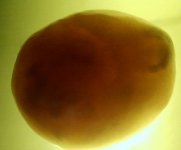
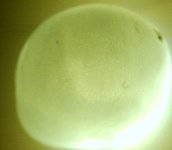
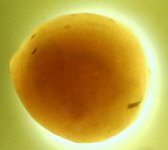



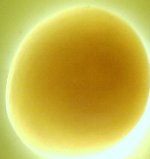
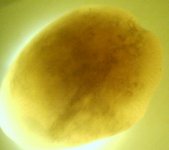
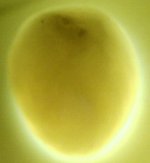
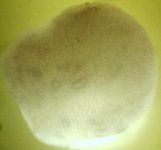
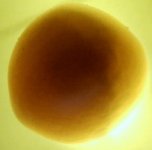

Thank you, Douglas.I have several natural pearls with me...keep them for a friend. I should candle them as well and see what comes out. Great work Dave!
Mostly from local Pacific/Gulf of California species...some Abalone, conchs, clams, mussels and both Pteria sterna and Pinctada mazatlanica too!Thank you, Douglas.
Are your naturals P.sterna? I'd really like to see an array of views from those and other species. Same for Gulf pearls, if anyone is inclined to that. Surely someone somewhere has a lot suitable for the task.
If anything, this technique demonstrates dissimilar contrasts one might expect in a lot of natural pearls and provides a quick reference for outing elaborate fakes.
...and it seems I never found the time to do itI will get to work on those this weekend. Will do it for each species I have and share them here
It will be a treat for those interested in different species and their pearls.
I can't say I blame you, it's a tedious process. Even when already set up, it takes a long time. Especially while critical reporting where it's expected to return high resolution images on all three axis for a proper 3d rendering....and it seems I never found the time to do it
It's easy. I used a grey plastic jewelry box, about 1.5 inches square. I drilled a small hole in the bottom and a notch in the side. The hole can be any size smaller than the pearls to be examined. (I made a few of different sizes) Then I soldered an inexpensive LED to the wires of a used 12 volt adapter and place it under the inverted box, the notch allows it to lay flat over the wire.
Then you can use the camera's macro setting or a low power USB microscope to photograph your pearls.
Can we get a photo of your set up?
I remember John Lennon's words in "Beautiful Boy": Life is what happens to you when you're busy making other plans...I can't say I blame you, it's a tedious process. Even when already set up, it takes a long time. Especially while critical reporting where it's expected to return high resolution images on all three axis for a proper 3d rendering.
Despite the somewhat rudimentary station, it's turned out to be an economical method for critical analysis of nuclear materials. Moreover a reasonably objective method in the discernment between natural and cultured pearls. In single applications it's helpful when ruling out natural origin, thus skirting the higher cost of gem lab analysis. It's also a very effective tool in debunking elaborate fakes.
But in general, it's a terrific learning tool for anyone interested in understanding pearl structure.
